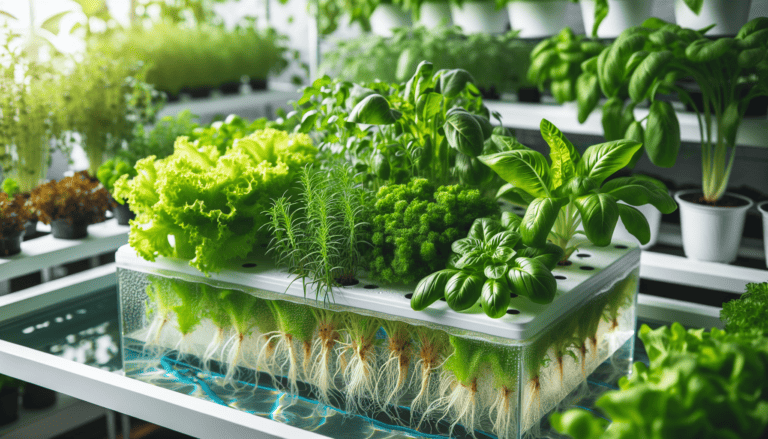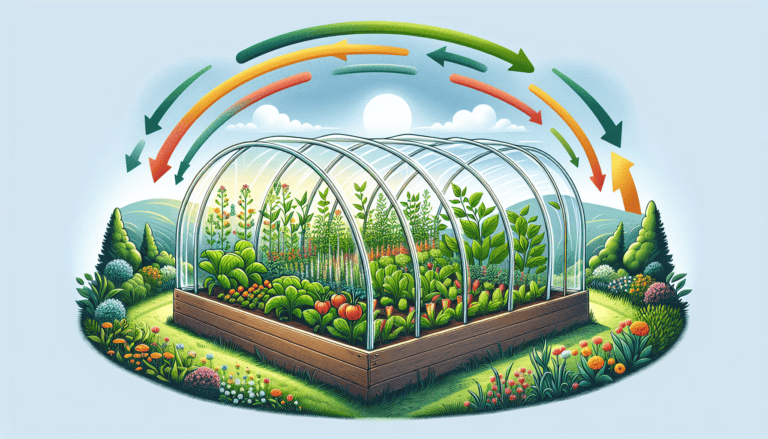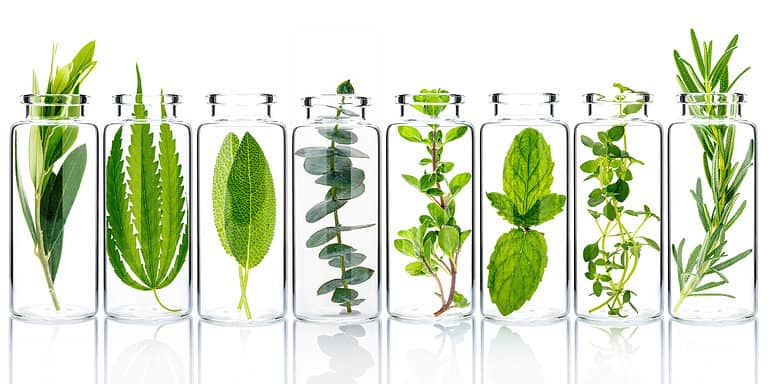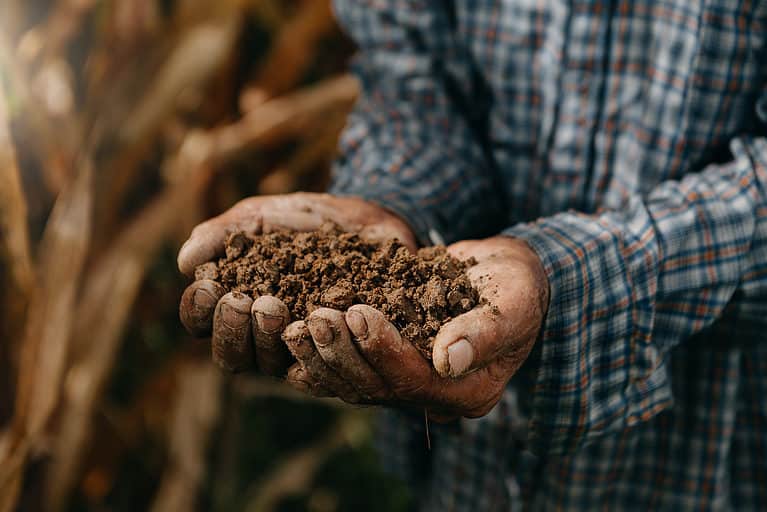Tips for Growing Carrots

Growing carrots can be a fun and rewarding gardening activity, especially if you follow a few key tips to ensure that your plants are healthy and productive. Here are some tips on how to grow carrots to help you cultivate delicious, crunchy carrots:
How To Grow Carrots
Choose The Right Soil
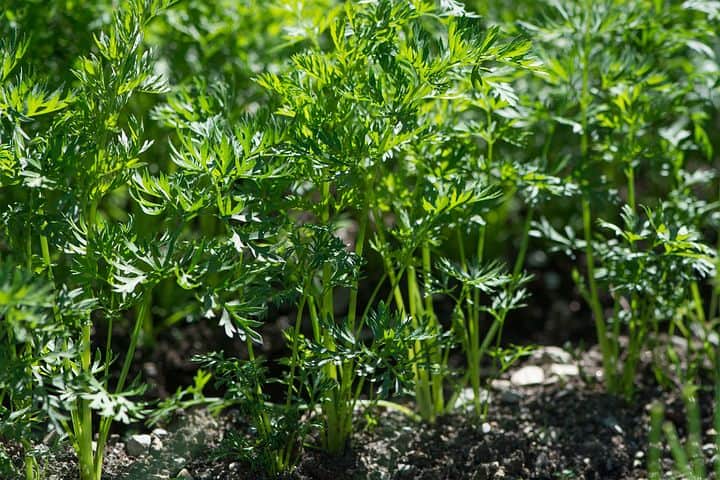
Carrots prefer a well-draining, loose soil with a pH between 6.0 and 6.8. Adding compost to your soil can help improve its structure and fertility.
Plant At The Right Time
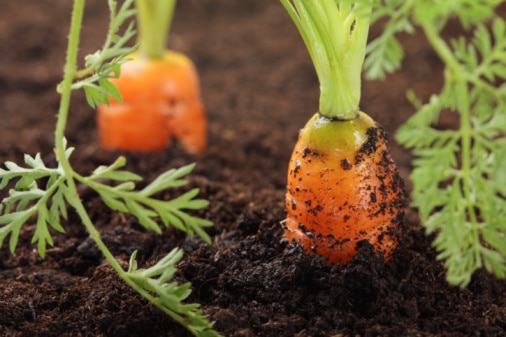
Carrots are a cool-season crop, so they should be planted in the early spring or late fall in most parts of the country. In areas with hot summers, you may want to plant them in the fall for a winter harvest. Also, you can use a greenhouse for cultivation in any season.
Use The Right Seeds
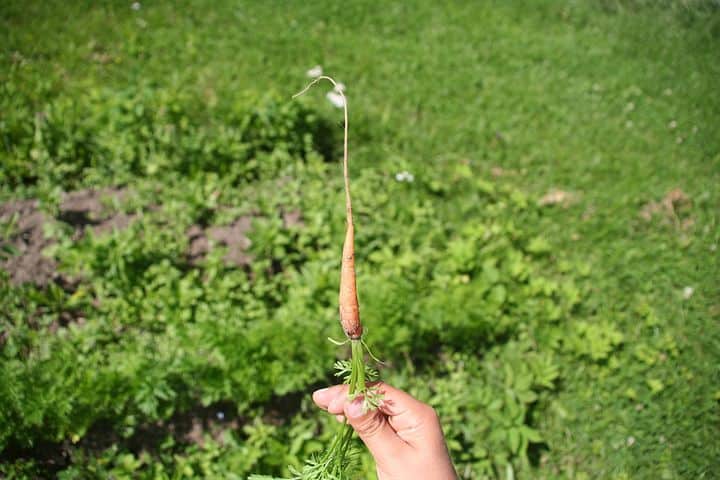
Morphology should be considered when learning how to grow carrots. Carrots come in many shapes, sizes, and colors, so be sure to choose the variety that best suits your taste and growing conditions. Smaller varieties, such as “Little Finger” and “Thumbelina,” are well-suited to container gardening, while larger varieties, such as “Imperator” and “Nantes,” are better suited to in-ground planting.
Plant Seeds Properly
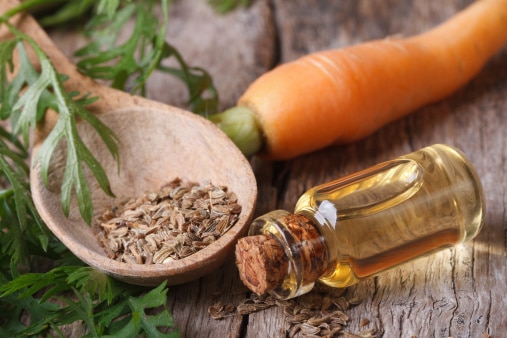
Carrot seeds are small and can be difficult to handle, so it’s important to plant them properly. Sow seeds in rows or furrows, about 1/4 inch deep and 1 inch apart. Cover the seeds with a thin layer of soil or compost, and water gently to help them germinate.
Thin Seedlings
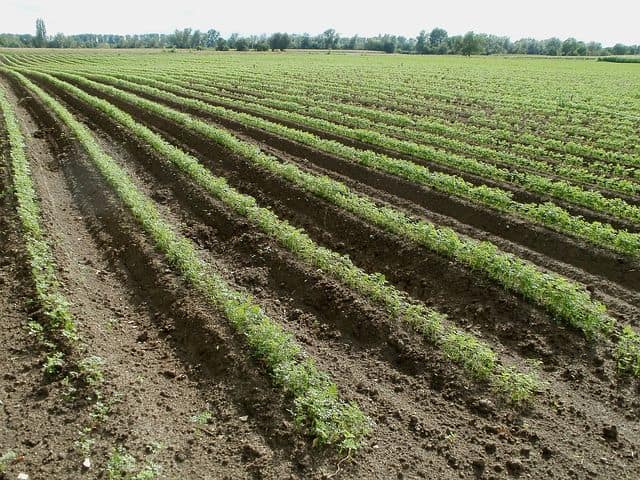
Once your carrot seedlings have sprouted, be sure to thin them out to allow for proper growth. Aim for about 2 to 3 inches between plants, and use scissors to snip off the excess seedlings at the soil line.
Water Consistently
To grow carrots properly, they need consistent watering, so be sure to water your plants regularly, especially during dry spells. Water deeply, but avoid getting the foliage wet, as this can encourage fungal growth.
Use Mulch
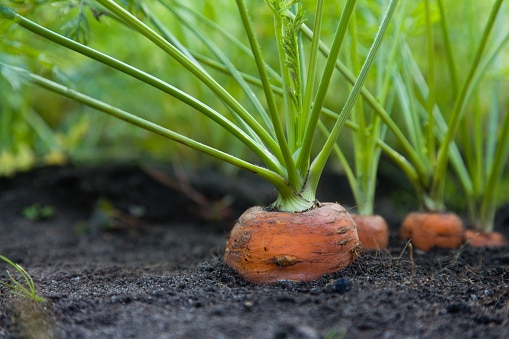
Mulching your carrot bed can help retain moisture, suppress weeds, and keep the soil cool. Use a 2- to 3-inch layer of organic mulch, such as straw or grass clippings, to keep your carrots happy and healthy.
Protect From Pests
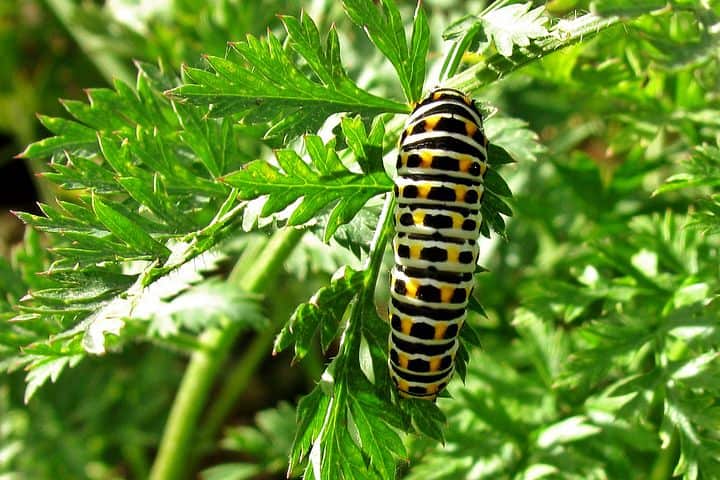
Carrots can be prone to pest attacks, such as carrot fly, slugs, and aphids. To keep these pests at bay, use organic pest control methods, such as row covers or insecticidal soap, or plant your carrots near pest-repelling plants, such as marigolds or chives.
Final Notes
Now you know how to grow carrots, by following these tips, you should be well on your way to growing a bounty of delicious, crunchy carrots. Happy gardening!

